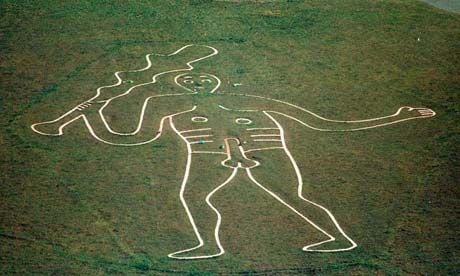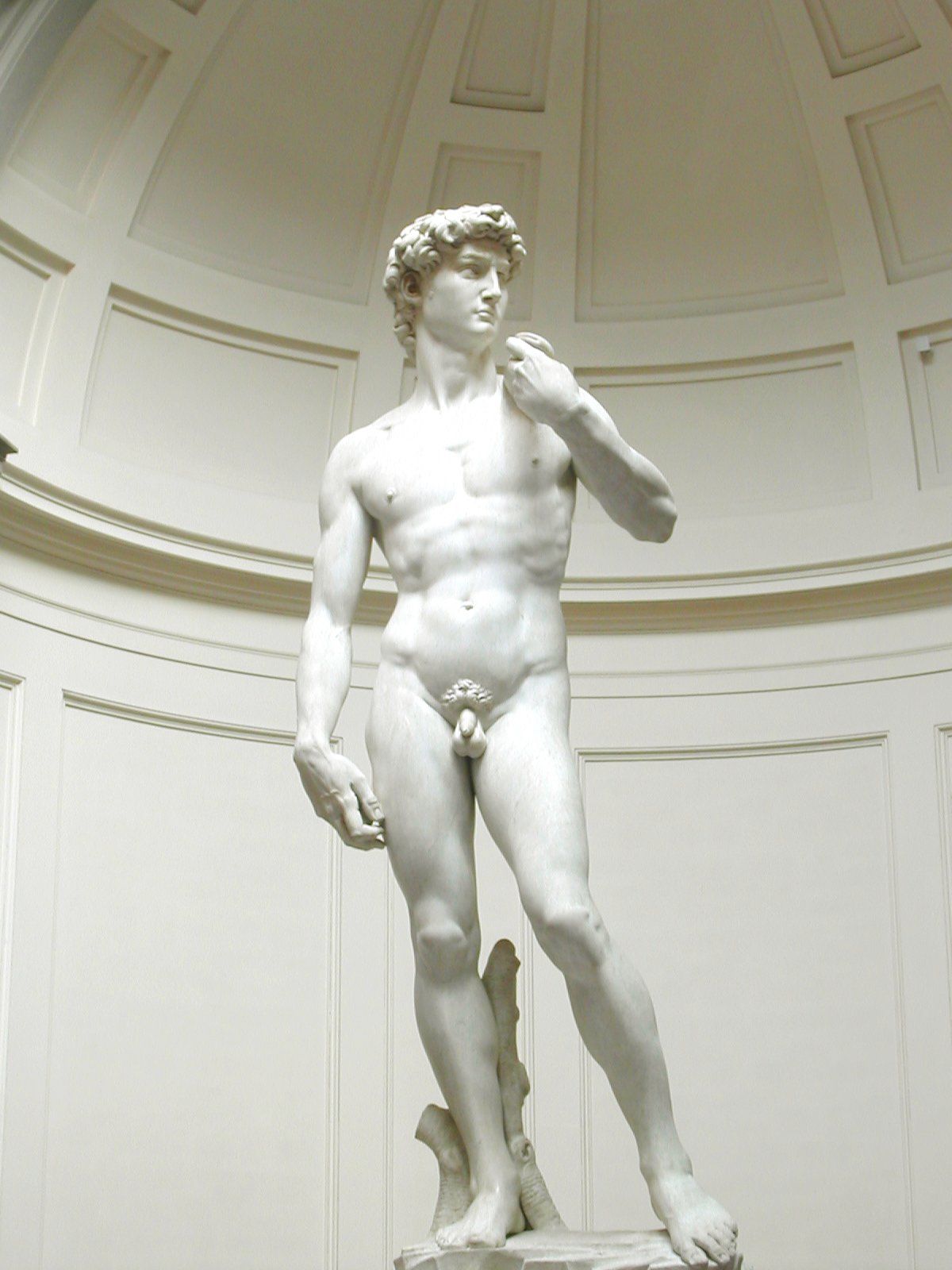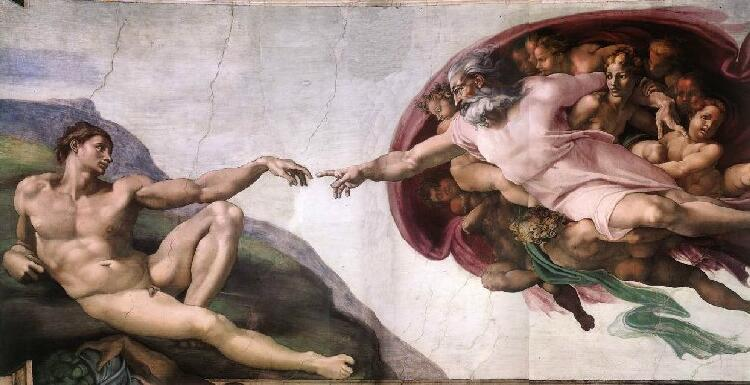The Film and Publications Board has classified "The Spear" on the grounds that it contains nudity. But what other famous artworks have they missed?
The Film and Publications Board has classified The Spear on the grounds that it contains nudity.
The decision has left many dumbfounded, but it must be said, not all nudity in art is created equal.
I remember, as a child, waiting impatiently for my parents outside a Robert Mapplethorpe exhibition at the Guggenheim in New York. The age restriction, in that case, was not about the nudity in the exhibition as much as it was about the violent sexuality portrayed in the photographs.
But 16N for The Spear? Really? Even taking the context and implied meaning into account, it’s difficult to see this painting as anything more sordid than a picture of a man who has forgotten to fasten his pants.
And unlike many of the images that have become important parts of the canon of Western art history, this is not a masterly rendering of a penis that is Ready for Action. Ahem.
Within an hour of the news of the classification of the work, the hashtag #ClassifyThis was trending on Twitter, with many pointing out some of the more obvious examples of famous artworks that could also be subject to the FPB’s patently absurd (and, as some argue, unlawful) decision. As @phillipdewet suggested, perhaps people should flood the FPB with their outrage at all the scandalous images they seem to have missed.
Here are a few, to start you off. Avert your eyes, children.
The Cerne Abbas Giant

It’s easy enough to cover up the offending bits when they are in a painting in a gallery. As we all learned last week, all you need is some red and black paint and a news crew to stand by and watch you do it until the guards arrive. But the Rude Man, as he is also known, presents an entirely different set of problems. This 55-metre tall figure stands proud, as it were, on a hill in Dorset, England. No one seems to know who is responsible for the artwork, or even when he first appeared, not that it seems to matter. Local couples see him as a fertility symbol, and have taken to having sex in the outline of his penis to ensure that they fall pregnant. If you build it, they will come, as the saying goes.
David

Michelangelo’s masterpiece encapsulates all the elements that made him such an icon of the renaissance. The exquisite rendering of muscular tension, that gives the piece dynamic movement. The intensity of the expression. The manipulation of proportion, which makes the work even more imposing and memorable. What’s that you say? He’s naked? I hardly noticed. Too distracted by the artistic genius on display, perhaps. Tut tut. Best we cover him up before we frighten the children.
The Sistine Chapel and Last Judgment

That Michelangelo. It seems no one, not even the pope, could compel the man to paint people with their clothes on. While he may have gotten away with it when depicting the creation of Adam on the ceiling (his nudity, of course, being a rather important part of the plot), it seems that, 20 years later, when Michelangelo was commissioned to paint the Last Judgment on the chapel wall, attitudes had stiffened somewhat. The naked figures were described as “exposing themselves so shamefully” by the pope’s master of ceremonies (who, in turn, was depicted in the fresco by a grumpy Michelangelo with a snake biting his bits) , and the “objections” (as the genitalia in the painting were called) were painted over by another artist after Michelangelo’s death, as were a number of classical and renaissance works which also received the “fig leaf treatment”.
Mischievous Greek satyrs, Lucien Freud’s intimate portraits and classical and neoclassical images by the dozen – which other artworks should the FPB take a closer look at?